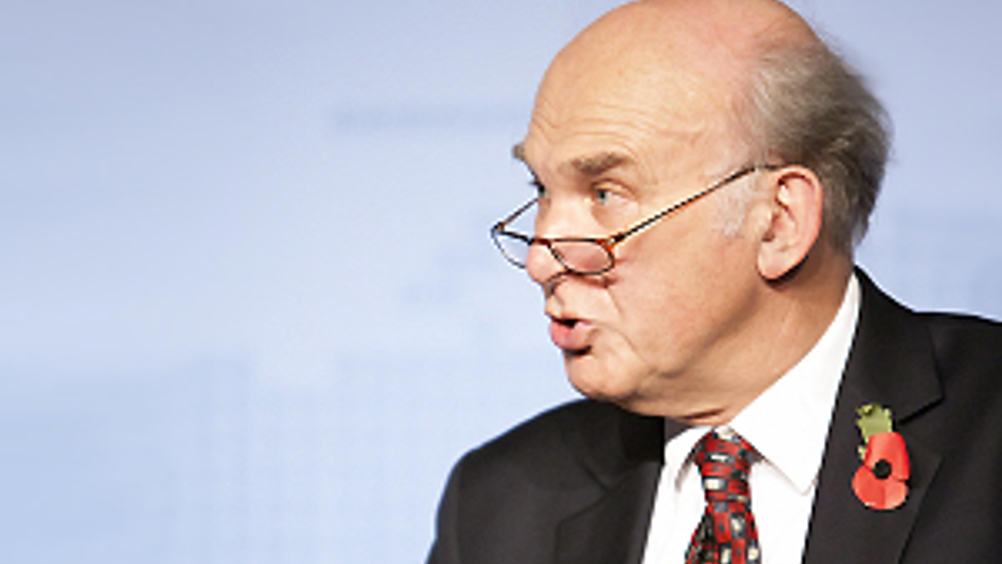IP Advice: European patents - a very big change
3 mins read
Readers may have noticed that Business Secretary Vince Cable signed a very significant agreement in Brussels last month.

By signing, the Government has given its preliminary backing to what might be the most significant change in Intellectual Property laws in the last 30 years: the Unitary Patent (UP).
What does this mean for UK business? If you're familiar with patent protection in Europe, you'll know there are two basic routes to obtaining a patent in each European country. Your first option is to apply for patents independently at the national patent office of each country where you want to protect your technology.
Alternatively, you can submit a single European Patent Application to the European Patent Office (EPO). This is a centralised system for granting patents: once the EPO grants a patent, the applicant selects the countries where protection is required and receives national rights just like the national application route.
So what is it that Dr Cable has signed? In short, and subject to ratification by Parliament, the Government has committed to bring the UK into the UP System. The UP will fundamentally change the way the existing EPO system grants patents. Instead of granting a patent which is then converted (validated) in the countries of choice (to create separate national rights), the EPO will issue a single pan European patent (a Unitary Patent) covering all countries that sign up to the deal.
So, instead of obtaining a bundle of independent national patents (one for each country), you will be given a single patent covering all the countries that sign up to the UP.
While this might sound good, there are some very different schools of thought as to whether this is a good thing or not.
On the positive side, the aim of the UP is to encourage investment in European R&D by reassuring companies that their technology can be protected right across the EU. Another aim is to reduce the cost and improve the simplicity of obtaining patents in the EU.
However, a fundamental issue for many companies is that the UP only gives them a single patent; if this is challenged and revoked, they lose protection across the EU. Under the existing system, companies would retain rights in countries where the patent had not been challenged.
It is also by no means certain that costs will be reduced. The new court system has not been put in place and there are many questions about who will bear the cost of the court and the translations that will be required. Many questions remain unanswered at this stage.
Perhaps the most contentious point is that the court might adopt the German model, where patent infringement and patent validity vases are heard completely separately and in different courts (called bifurcation). In the UK and many other countries, these are brought together in a single court case. In the worst case, a company could be found to infringe a patent and be issued with an injunction that prevents its continuing a business activity whilst having to wait to contest the patent's validity.
You might think that Dr Cable's signature means the UP will happen, but this is not necessarily the case. For the UP to come into force, the agreement must be ratified by the UK, French and German governments, as well as by at least 10 other countries. Many large patent filers in the UK are very unhappy with the UP proposal and it is likely there will be lobbying, either against the UP entirely or to modify the system particularly in respect of where parties can litigate and on the issue of bifurcation. However, there is considerable political momentum to make this happen and it seems inevitable that UP will come into force.
The European Commission has a plan to implement the UP early in 2014; a timeframe that seems almost impossible to meet. More realistically, we are looking at 2015 at the earliest, subject to move receiving the necessary ratification.
Readers with pending European patent applications should be aware of a very significant aspect of the agreement: the UP will be issued for all pending applications. If your European application is pending when the new system comes into force then, rather than being given the option of selecting the countries in which you want patents to apply, you will be given a single UP.
In the next article, we will offer strategic advice on what you should do to optimise your position. We will also explore your options for opting out of the system temporarily and provide advice on revising your patent strategy.
Further detailed information is available in the Knowledge Bank or by contacting a Partner at D Young & Co LLP. Both can be found at www.dyoung.com. Or feel free to contact the author aja@dyoung.co.uk.












